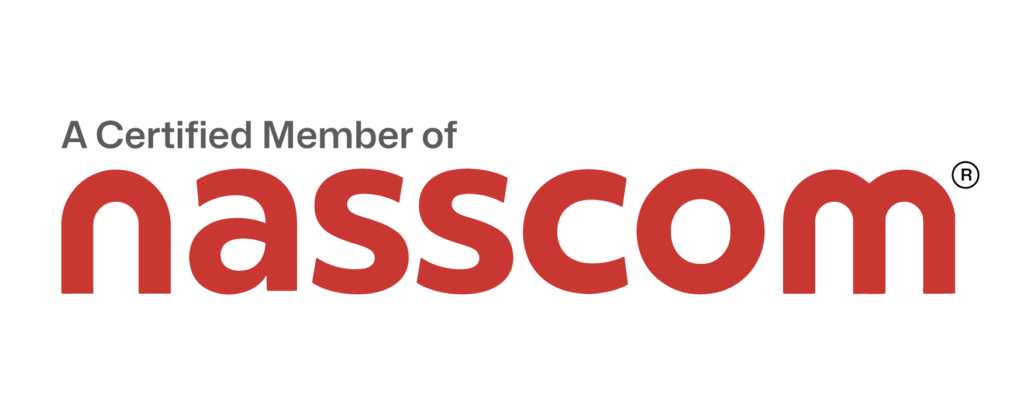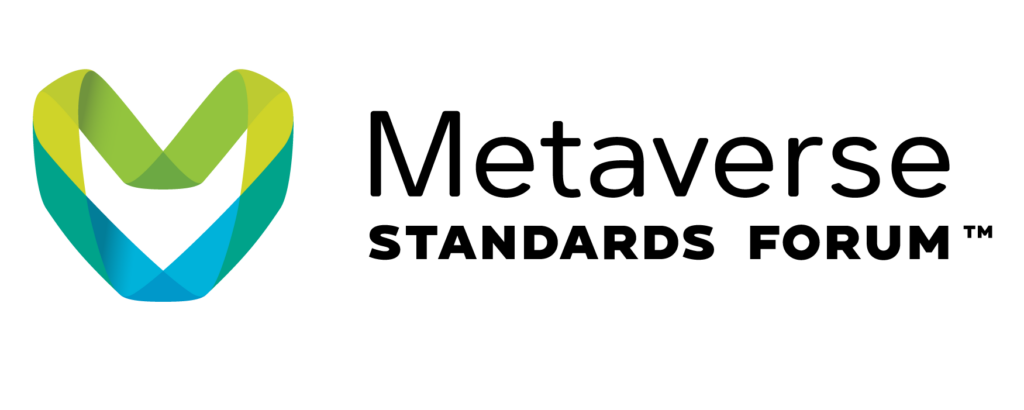Gamification in K-12 Education
Making learning a delightful experience for school students
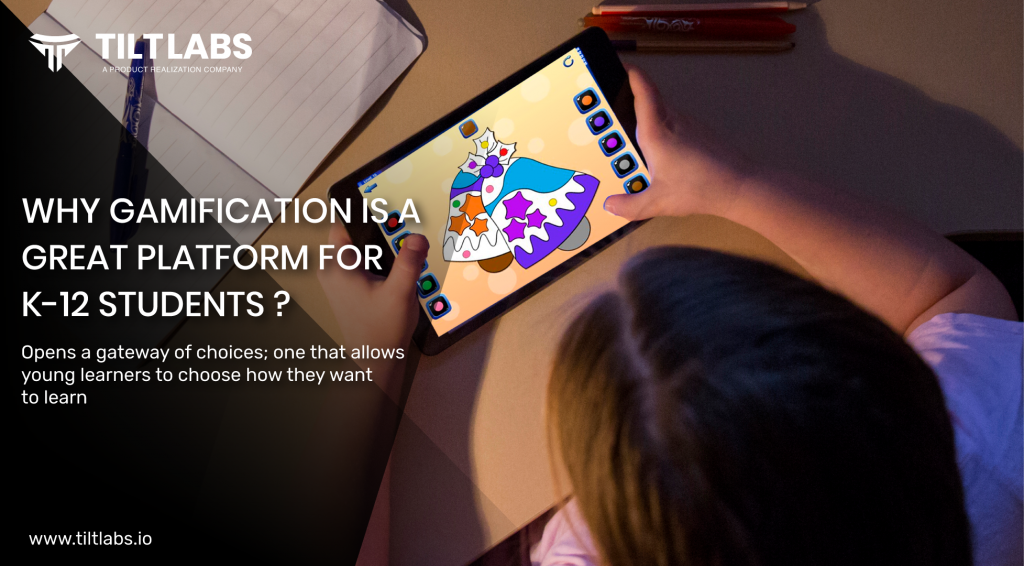
An eighth-grade language arts teacher used gamification in his classes and found that besides making the curriculum more engaging, it resulted in 100% submission of assignments each time.
A computer teacher gamified the curriculum for sixth-gradersas a motivational tool;her students paid more attention in class, completed classwork enthusiastically and loved the reward system.
Many teachers across the world find gamification a great tool for inspiring students to participate in class, besides improving creativity and work skills, and even controlling bullying.
Gamification is a great platform for K-12 students—children from kindergarten to grade 12—as a method to make classrooms more engaging and less taxing. And at a time, when homes have turned into classrooms and children are deprived of real interaction with their classmates and teachers, gamification has become even more relevant. It can be a whole new and exciting reason to ‘go to class’.
What is gamification?
The terms ‘gamification’ and ‘gamification in learning’ are everywhere. But most often, they are confused with other concepts. Hence, it’s important to first understand what gamification really is.
Gamification is using elements of games in a non-game setting, such as in a classroom or an office. Games naturally have motivating factors planted in them, where players see themselves making progress as they go from one task to another. As players complete challenges in a game, they get rewards or points that act as great motivators to keep going. It’s this aspect of games that is used to gamify, perhaps a lesson or a learning activity in a classroom. With game elements embedded into a learning curriculum, students feel engaged and encouraged to keep accomplishing new tasks, and participate and compete actively with their peers.
Gamification of a learning curriculum or a classroom can be done by either adding reward-based or meaningful elements.
Reward-based gamification is suitable when the instructional goal is to teach new skills or make students accomplish tasks that they find uninspiring. By rewarding the learners with badges or points and displaying their progress in levels/achievements or over leaderboards, students show immediate enthusiasm in learning. An awareness of their overall progression and accomplishments in a ‘game’ is a natural motivator for students.
Meaningful gamification, on the other hand, does not depend on external rewards. It focuses on learners’ intrinsic motivation, and is built on elements such as giving students the freedom to choose their learning process and become proficient in course materials for deeper learning. It also emphasizes on how learners relate to and engage with each other in the context of team collaboration and competitiveness, and how they express and reflect.
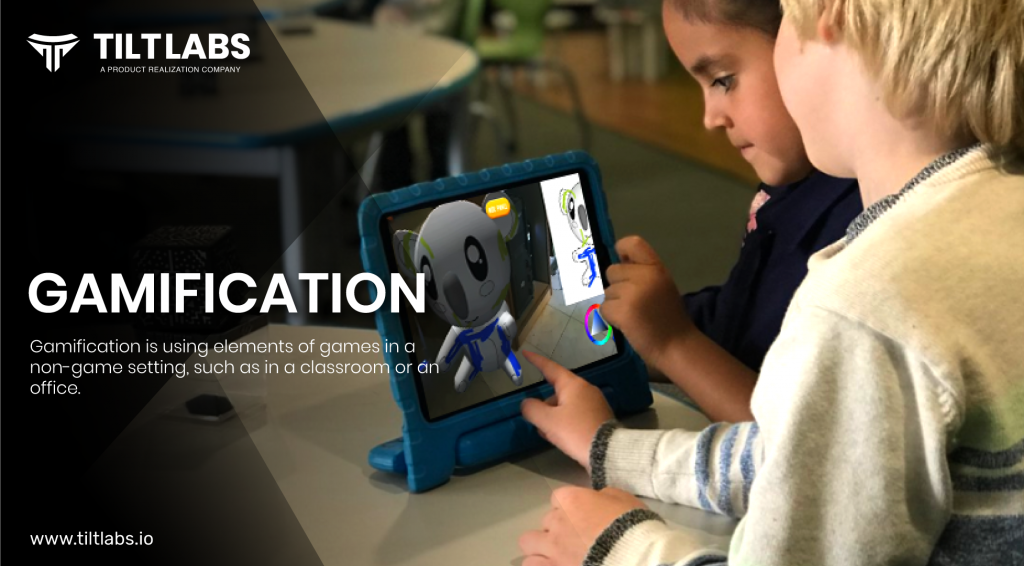
Understanding the difference between gamification and game-based learning
It’s usual for people to confuse gamification with game-based learning because of the similarity in the names. So, while gamification uses game mechanics in a regular educational scenario to drive and engage learners, game-based learning is all about using customized or pre-existing games to teach concepts and achieve specific learning objectives.
The latter can be largely complicated and expensive because it requires creating new learning environments. However, a combination of gamification and game-based learning is possible, depending on what a learning group’s educational objectives and requirements are.
Gamification is a lot less intrusive and does not play into the conservative thinking of ‘video games are harmful’. It’s more like a gentle push for learners in the direction of enjoyable learning, healthy competition and eager class participation.
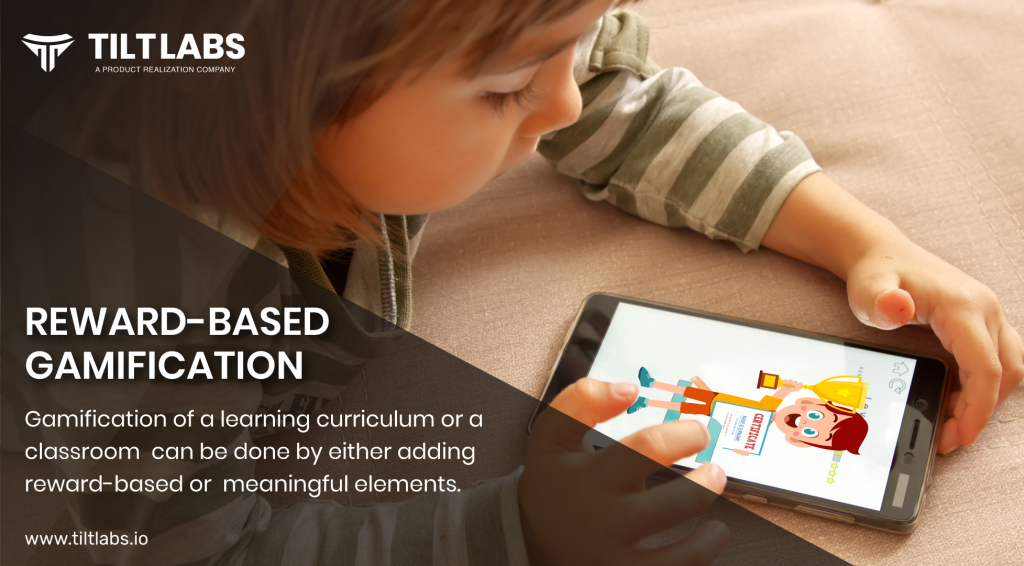
Why gamification is a great platform for K-12 students
We have a number of expectations from our children—that they be communicative and social, with sharp problem-solving skills, besides having a dash of creativity and imagination. It’s too much to ask of one child to have so many capabilities; but that doesn’t stop parents and educators from trying—and why should it, when it’s possible to put these and many other desired skills on the pathway of learning for children.
And that’s where gamification plays a major role—itopens a gateway of choices; one that allows young learners to choose how they want to learn, and even choose to fail, if that’s what they like. But instead of facing the music for their choices, they are rewarded for each and every progress they make—a process that keeps the wheels of motivation and engagement in motion.
K-12 students benefit greatly from parts of their curriculum being gamified. Let’s look at some of the benefits of gamified learning in the classroom:
- The motivation factor—One of the strongest benefits of gamified learning is how it acts as a motivational tool. The game-like challenges and rewards encourage students to actively participate and complete assignments on time. A study on organizational behavior students perceptions revealed that 67.7% of the participants (age, gender and status unbarred) found a gamified course a lot more motivating than their traditional course.
- Increased engagement— The game-like structure of a curriculum ensures that there is never a dull moment. It makes the learning process enjoyable, and hence engaging; even resulting in increased productivity.
- Personalized learning— While this does not mean that the learning is centralized around individual students, gamification allows students to be aware of how the learning process relates to their needs personally. When students have the freedom to choose their level of learning andat what pace they make progress (and maybe evenhave avatars to represent themselves!), they find the curriculum immersive and learn more deeply.
- Competition and collaboration— Gamification sets up a platform for social interaction among students. It provides a healthy environment for communication and collaboration, and even encourages learners to invite each other to participate in fun challenges. In the process, young students pick up social and language skills, and learn to solve problems collaboratively.
- Real-time feedback— At a time when students receive feedback only in the form of marks or gradesfor rote learning, gamification turns the trend around and offers opportunity to give and receive real-time feedback. Each game or challenge provides almost instant response, with feedback coming from the teacher and from peers, in the form of badges, points and comments, making the learning process more effective and goal-oriented.
Gamification in classrooms for K-12 learners is becoming increasingly pertinent in the age of online classes. If interactions have to made more real, participation more effective and learning more meaningful, gamified learning is the best solution.
If you would like to explore gamified learning, write to TILTLABS at [email protected] or call us on +91-9037737788.







